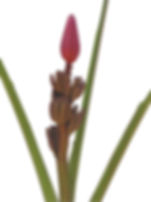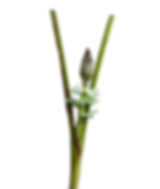top of page
MUSAS

Musa Linda

Musa Mouve

Musa Royal

Musa Reina

Musa Orange

Musa White

Musa Pacari

Musa Coccinea

Banana Fingers black

Banana Fingers Green

Baby Banana

Baby Banana Red

Banana Prayer Hand

Gran Musa Red

Gran Musa Green
Musa's
Care Instructions
Give the antennae a fresh cut (about 2 fingers or 1–2 inches) every time they dry out to improve water absorption.
Mist the Musa head and bananas twice a day with fresh, room- temperature water and flower food. This is crucial for vase life.
It’s normal to find some petals in the box when unpacking. Musas naturally shed petals during transport as part of their behavior.
When storing Musas in a tropical cooler, do not remove the foam mesh protect ing the heads.
Use a bucket with plenty of water, ideally 8 inches deep, to keep your musas hydrated.
Never place tropical in the cooler.
Black spots on stems and antennae are natural as Musas belong to the banana family.
Musa Coccinea petals have a naturally wrinkled texture, which is a characteristic of the variety.
If using a t ropical cooler maintain a temperature of at least 60°F (15°C) wi th a humidi ty level of 75%.
Want to know some fun facts?
Musas, the banana family of plants consists of 2 genera with about 50 species native to Africa, Asia, and Australia.
Musas naturally drop petals, which can also happen during transport, it’s how they behave.
Musa flowers grow in layers like a spiral. Each layer opens one by one, showing new colorful petals.
At Magic we offer different species in a variety of colors: purple, orange, pink and white.
Musas
Musa Leaf
Musa Reina
bottom of page
